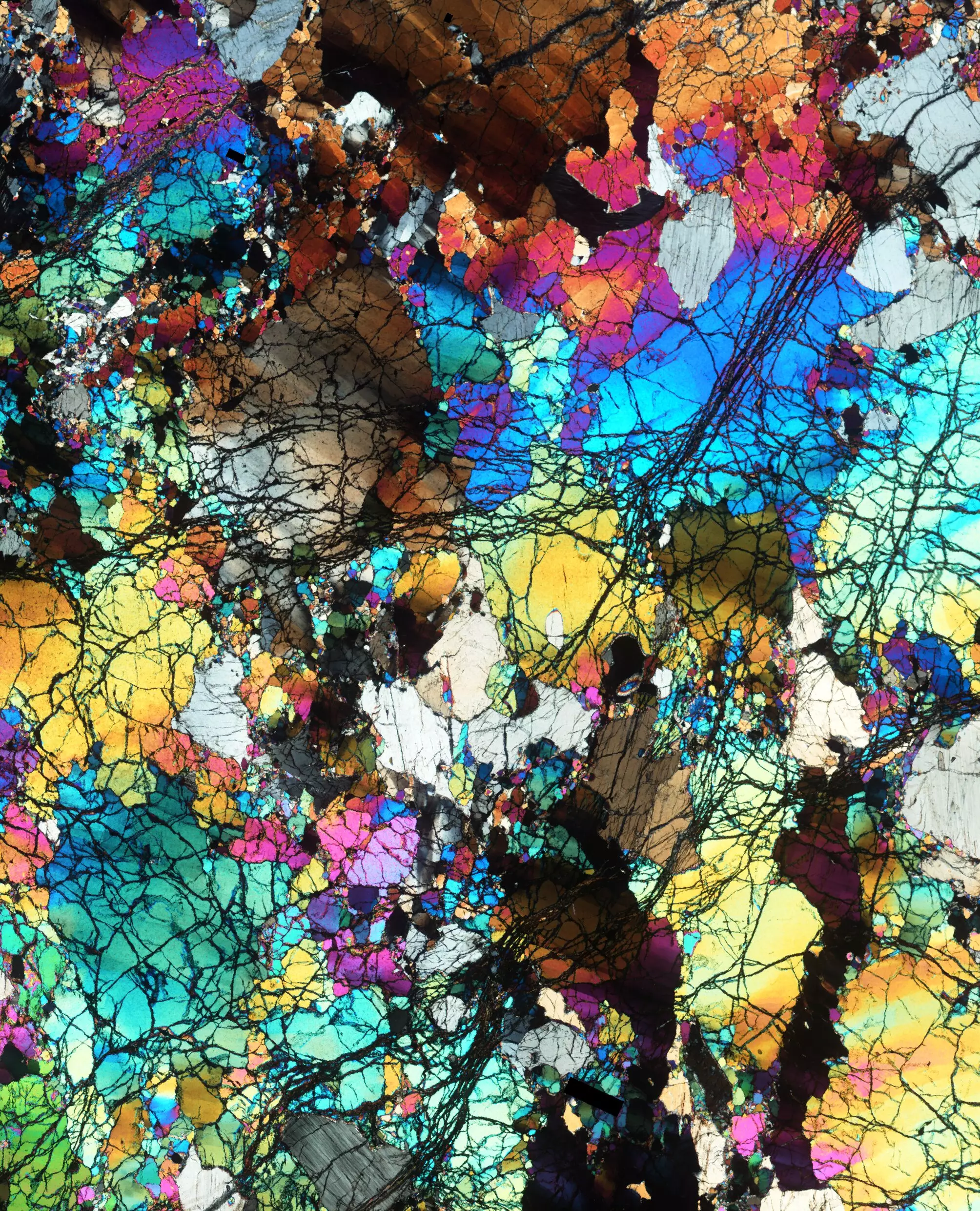Recent research from the Smithsonian’s National Museum of Natural History sheds light on a topic that has long puzzled geologists: the oxidation state of Earth’s mantle, the geological layer beneath our planet’s crust. This analysis of ancient rocks—estimated to be at least 2.5 billion years old—challenges established theories about the evolution of Earth’s geology. More than just scientific curiosity, these findings contribute directly to our understanding of life’s origins and Earth’s unique characteristics that have allowed it to support life and liquid water. As Elizabeth Cottrell, a curator at the museum and co-author of the study, pointed out, this research is part of humanity’s larger narrative, detailing how our planet’s formation and evolution have shaped our very existence.
Investigating Geological Time Capsules
Central to the study were samples of rocks collected from the seafloor, particularly from regions characterized by slow tectonic plate movement. The Gakkel Ridge and the Southwest Indian Ridge represent two of the most unassuming yet scientifically rich locales for geological exploration. Unlike their counterparts, these slow-spreading ridges present a unique opportunity for geologists to analyse rocks that may closely represent Earth’s mantle itself. The significance of these rocks lies in their chemical properties, which indicate they were subjected to an extreme degree of melting in conditions markedly different from today’s mantle environment.
The researchers made a compelling case that these rocks, which exhibit low oxidation levels far below contemporary mantle samples, may have originated during the Archean Eon—a period of Earth’s history characterized by much hotter internal temperatures. This high degree of melting, combined with the rock’s stability over billions of years, portrays them as miniature time capsules that encapsulate early Earth’s geochemical environment.
Challenging Established Theories
The implications of this research are profound. Historically, scientists have debated whether the oxidation state of Earth’s mantle has fluctuated significantly over geologic time, with some suggesting that such changes could be attributed to various geological mechanisms. For decades, the prevailing narrative suggested that changes in oxidation levels resulted from processes like gas loss to space or the recycling of oceanic crust through subduction. However, this new study posits a more straightforward explanation: the changes in oxidation levels may be chiefly due to the cooling of Earth’s mantle, which can no longer produce materials with such extreme chemical signatures.
Cottrell and her team proposed a radical shift in understanding: rather than looking for external factors that increased oxidation levels, they argue that the unaltered, less oxidized samples are simply relics of a former geological era. The remarkable detail that the ancient samples were observed to be 10,000 times less oxidized than modern counterparts reinforces this narrative and aligns with the cooling mantle hypothesis.
Modern Implications and Future Research
What makes this study particularly striking is not just the revelation of a stable oxidation state over billions of years, but also its implications for our current understanding of mantle processes. The research led by Suzanne Birner and her colleagues emphasizes the long-term stability and continuity of Earth’s geodynamic processes. This is critical for geologists, who are often required to reconcile current geological activities with historical data. The findings provide a framework for a more consistent interpretation of how Earth operates over long timescales.
To further explore the peculiarities associated with these ancient rocks, the research team is delving into laboratory simulations. By replicating the extreme pressures and temperatures believed to have existed during the Archean Eon, they aspire to unlock further revelations about the geochemical processes that shaped the early Earth. Understanding the unique conditions under which these time capsules formed may enhance our clarity on Earth’s past and inform theories of planetary formation more broadly.
Interconnectedness of Earth’s Systems
The ongoing research contributes not only to geological science but intersects various fields like climatology, oceanography, and astrobiology. It invites a reevaluation of how Earth stands in contrast to other celestial bodies in our Solar System and beyond. The initiative behind this research, entitled “Our Unique Planet,” aims to unravel the planetary processes that set Earth apart, exploring everything from its oceans to the minerals that may have acted as templates for life.
The study challenges scientists to reconsider and refine their understanding of what constitutes stability in geological terms. As the scientific discourse evolves, the findings presented offer a stimulating perspective on how simplifications in our models can lead to deeper truths about Earth’s dynamic systems. In the grand scope of human inquiry, every revelation about our planet serves not just as a testament to scientific achievement, but as a beacon guiding us through the complex narrative of Earth’s history.

